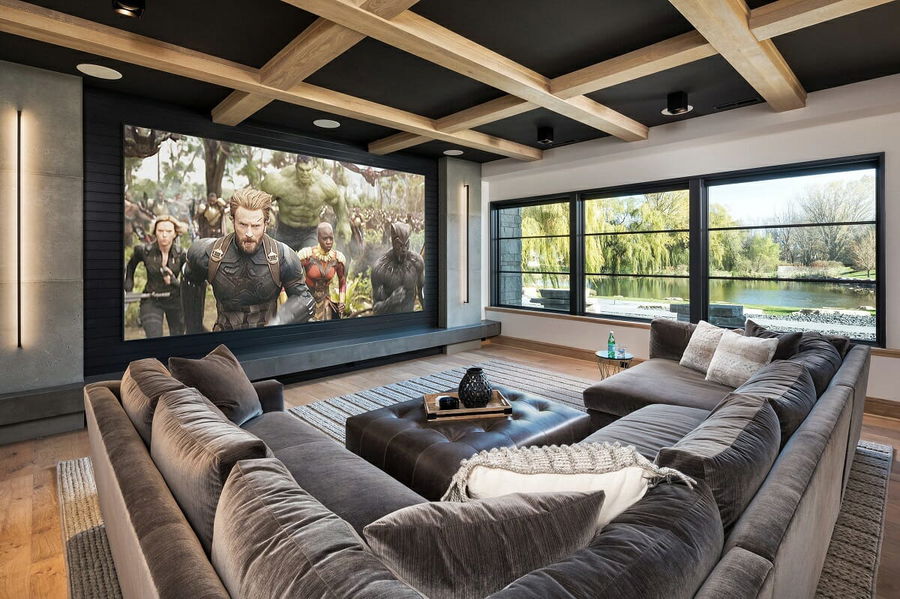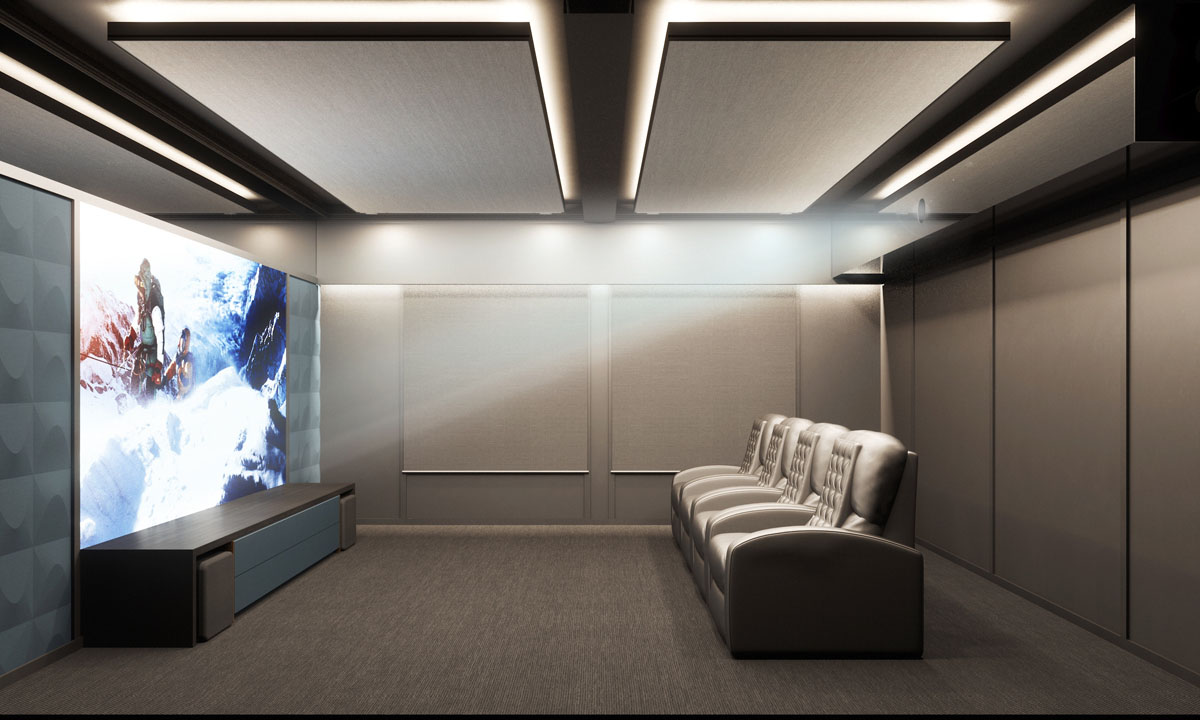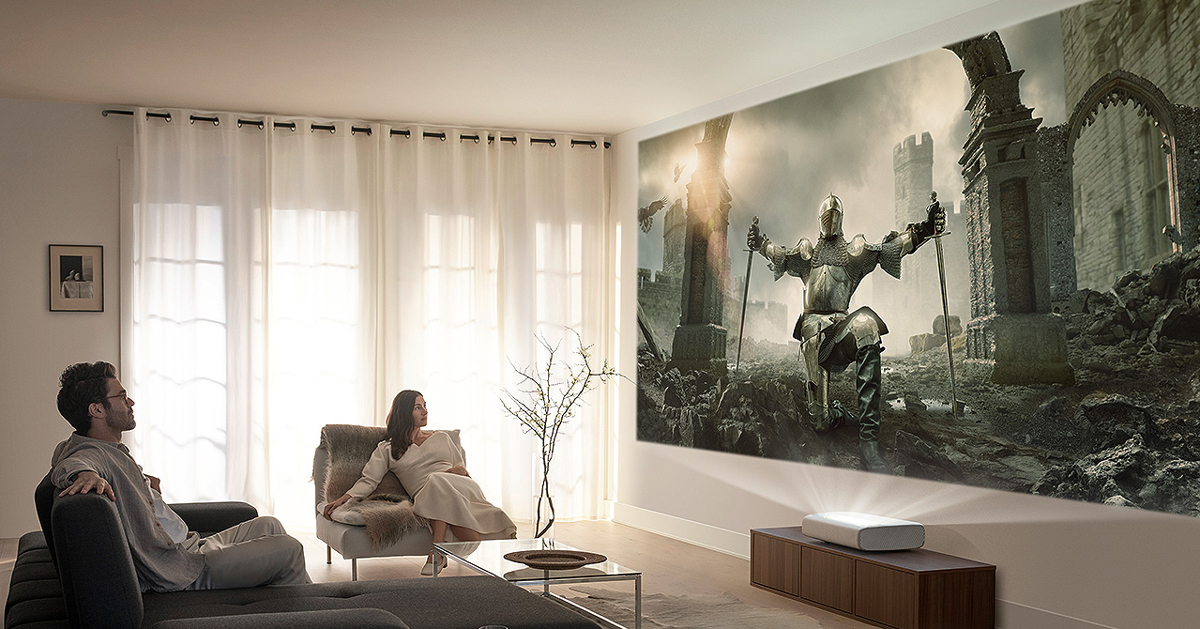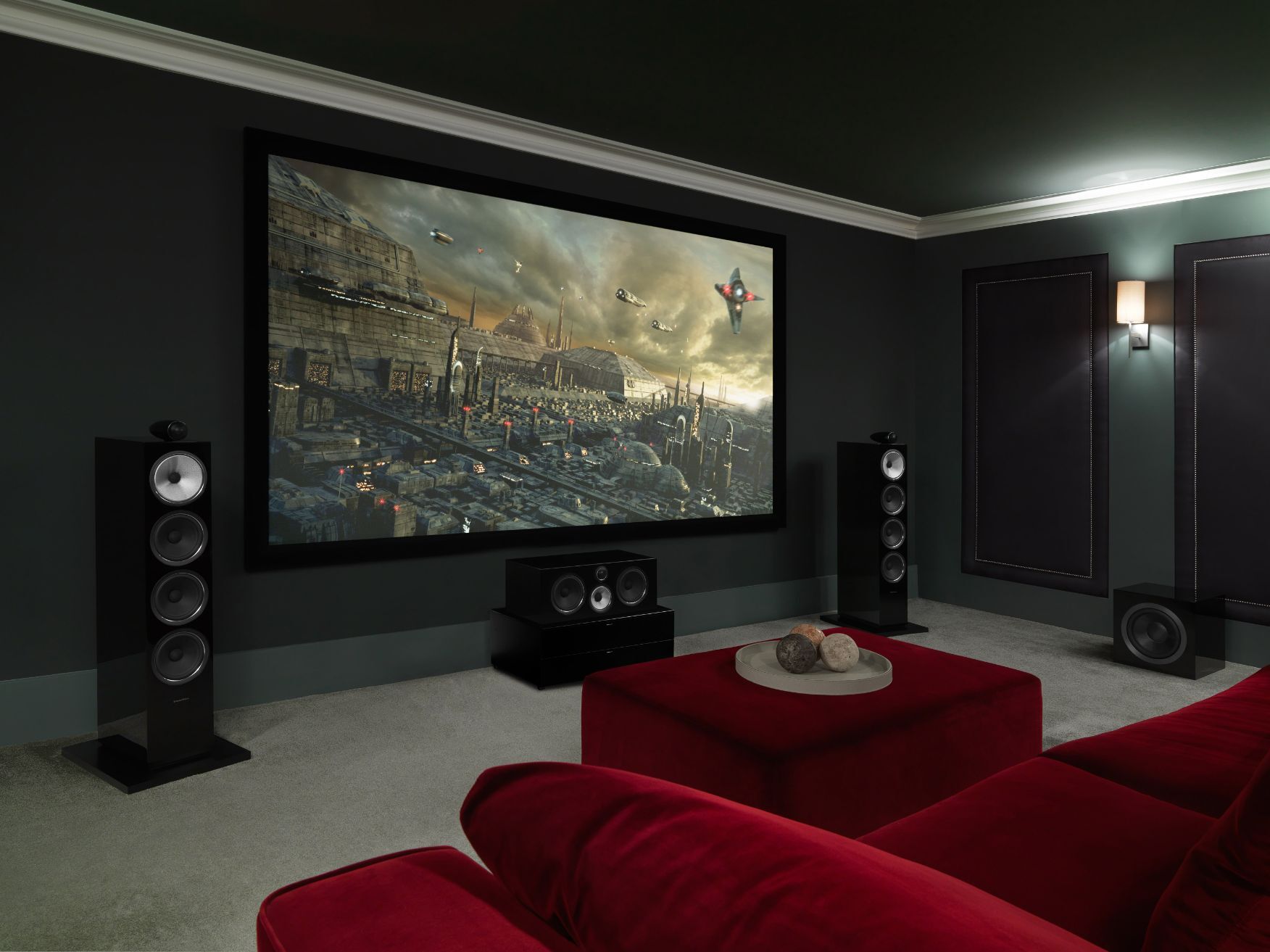How to Find the Top Home Theater Tampa Installation Services
How to Find the Top Home Theater Tampa Installation Services
Blog Article
Home Theater 101: Whatever You Need to Know for a Cinematic Experience in your home
Creating a home theater that matches the cinematic experience of a commercial theatre involves cautious consideration of several parts, consisting of display selection, audio systems, and area format. Whether you are pondering the perfect screen size or the details of border audio, comprehending these basics is vital.
Choosing the Right Screen
When establishing a home cinema, choosing the right display can make or damage the seeing experience - home theater design tampa. The display acts as the centerpiece of your setup, influencing image quality, viewing angles, and total visual. Secret elements to take into consideration consist of display dimension, resolution, and kind
Initially, figure out the ideal display size based on your area measurements and seating range. Next, choose between various display kinds, such as fixed-frame, mechanized, or retracting screens, each offering unique benefits.
Resolution is an additional vital aspect. For an absolutely immersive experience, think about a display designed for 4K or even 8K content, making sure intensity and quality. Additionally, think about the screen's gain, which impacts brightness and contrast; a greater gain can boost illumination in well-lit areas, while a reduced gain may be more appropriate for darker environments.
Choosing Audio Equipment
Audio equipment is an important element of any home cinema system, significantly improving the general watching experience. The choice of audio gear can figure out the deepness, clarity, and immersion of audio, vital for producing a motion picture environment.
When picking audio equipment, think about a border sound system, which typically includes a receiver, multiple audio speakers, and a subwoofer. A 5.1 or 7.1 channel system is recommended, where the first number represents the audio speakers and the 2nd the subwoofer, supplying an immersive soundscape. The receiver is the heart of the system, handling sound and video clip signals, and must support modern formats like Dolby Atmos for a boosted spatial experience.
Quality audio speakers are necessary; try to find models that offer a well balanced noise account with excellent bass feedback. Floor-standing speakers can produce richer noise, while shelf alternatives save space. Furthermore, think about wireless alternatives for convenience of installation, although wired systems frequently deliver premium performance.

Optimum Seating Plans
Developing an optimal home theater experience pivots considerably on optimal seating plans. The plan of seats plays an important function in both convenience and seeing high quality, directly influencing the overall motion picture experience.
First, take into consideration the display size and seeing distance. A common standard is to position seats at a distance roughly 1.5 to 2.5 times the diagonal dimension of the screen. This makes sure an immersive experience without straining the eyes.
Next, altitude is important. If your seats remains in a tiered layout, the back rows must be greater than the front to stay clear of blockages. For level seating, make certain that the front row is not too near to the screen, and that every person has a clear view.
Moreover, consider the arrangement in regards to social dynamics. Team seating can boost the public experience, while individual seats might be chosen for personal watching.

Lastly, focus on convenience with ergonomic seats that sustains extensive watching durations. Including recliner chairs or supported seats can considerably boost the experience, making the home theater a recommended destination for both home entertainment and leisure.
Lighting and Setting
Reliable lights and setting are necessary parts of a internet properly designed home theater, as they considerably influence the checking out experience. The right lights can enhance the cinematic feel, while poor selections can interfere with it. For optimum outcomes, take into consideration a layered illumination approach that includes ambient, job, and accent lights.
Ambient illumination provides general lighting, ensuring that the area is not totally dark, which can stress the eyes. Dimmer switches are highly advised, permitting adjustments based upon the web content being checked out. Job lighting, such as wall sconces or flooring lamps, provides useful lighting for activities like analysis or navigating the area without disrupting the general environment.
Accent lighting can be utilized to highlight building functions or create focal points, including depth and interest to the area. LED strip lights behind screens or along shelves can offer a subtle glow that enhances the visual experience without overwhelming the audience.

Wiring and Installation Tips
A well-planned circuitry setup is critical for attaining optimal performance in your house cinema system. Correct electrical wiring not just makes certain high-quality sound and video signals yet additionally improves the total visual of your space. Begin by drawing up your design, determining where each component will certainly be put, including your screen, audio speakers, and receiver.
When picking cords, focus on top notch, properly evaluated circuitry to reduce signal loss. HDMI cords ought to be used for video clip links, while audio speaker cable should match the requirements of your speakers and amplifier. Go with in-wall rated cable televisions to follow security criteria and keep a tidy look.

Final Thought
In summary, creating a remarkable home movie theater experience requires mindful consideration of various elements, consisting of display option, audio equipment, seating arrangements, illumination, and wiring. By prioritizing these elements, a cinematic environment can be efficiently reproduced, allowing for immersive checking out experiences that equal typical theater settings.
Creating a home theater that matches the motion picture experience of a commercial theatre involves careful consideration of multiple elements, including screen selection, audio systems, and area layout.When setting up a home theater, selecting the right display can make or damage the watching blog experience. Next off, select between different display kinds, such as fixed-frame, mechanized, or retractable displays, each offering distinct benefits. For an absolutely immersive experience, take into consideration a display developed for 4K or also 8K material, making sure sharpness and clarity.In recap, producing an exceptional home cinema experience calls for cautious consideration of various components, including screen option, audio tools, seating arrangements, lights, and circuitry.
Report this page